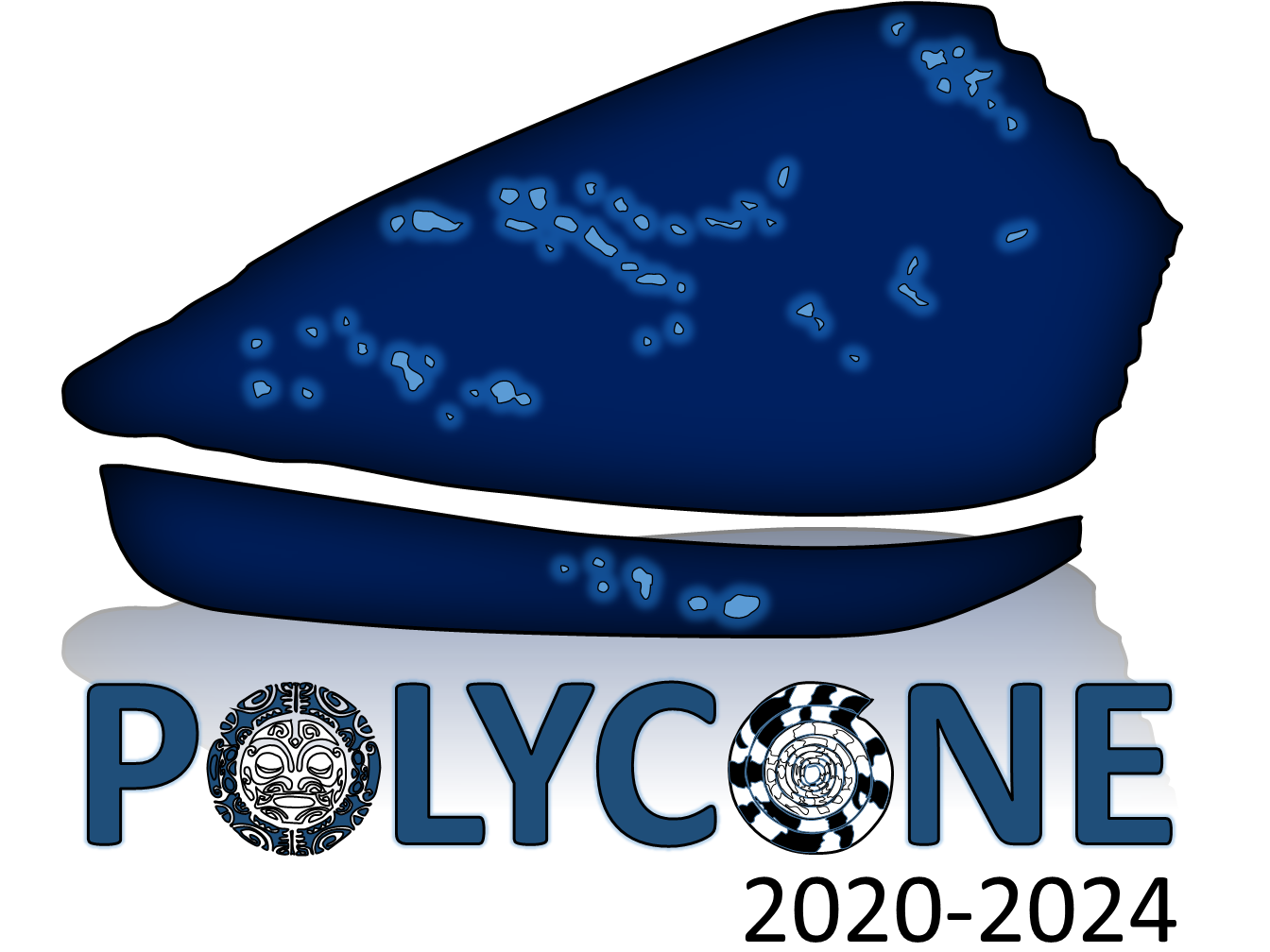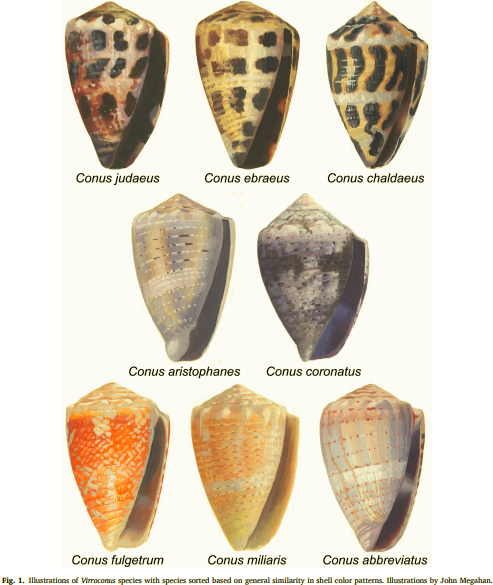UNIVERSITY OF MICHIGAN MUSEUM OF ZOOLOGY
Home > Research
Current research in the Duda Lab:

PolyCone - Integrated and sustainable regulation of cones in Eastern Polynesia. Funds from the Belmont Forum and NSF are supporting an international collaboration of local communities and stakeholders, biologists, anthropologists, social scientists, lawyers, political scientists, and individuals from the private sector who together seek to establish sustainable practices for the utilization of cone snails in French Polynesia. Efforts in the Duda Lab are aim at characterizing habitats and diets of cone snail species in French Polynesia and include field and laboratory studies. See additional information and updates about the PolyCone project here.
Graduate student Diana Carolina Vergara Florez is evaluating microbial communities of cone snail species and determining factors associated with variation in these communities.
Graduate student Yu Kai Tan is developing projects to the understand the role of life history on the evolution of adaptive traits.
Past supported projects in the Duda Lab:
Funds from the University of Michigan supported investigations of patterns of variation among members of the subgenus Virroconus.
Results show evidence of introgression among members of this clade. See Publications for a recent paper on this theme.

Funds from the National Science Foundation supported the digitization and imaging of invasive freshwater mollusc genera maintained within the UMMZ's Mollusk Division.
Taehwan Lee, the Mollusk Division Collection Manager, and many University of Michigan undergraduate students contributed to the completion of this work.
Funds from the University of Michigan Associate Professor Support Funds supported capture and analyses of transcriptome data to examine patterns of genetic variation and expression profiles of neutral and selected loci among populations of species of cone snails.
We found that divergence in venom composition may be influenced by differences in dietary breadth or occurs when genetic connectivity among populations is low. See Publications for recent papers on this theme.
Funds from the National Science Foundation supported the study of the evolution of venoms and feeding specializations of a set of closely related Conus species.
We specifically compared venom compositions and diets of several populations of three Conus species from the Indo-Pacific. The work that we conducted included characterization of Conus diets through examination of DNA sequences obtained from snail feces and characterization of Conus venoms through analyses of venom duct mRNA sequences. Fieldwork at Guam and Hawaii took place during 2009 and work at American Samoa occurred in 2009 and 2010. See Publications for recent papers on these themes.
A study of ecological release was supported from funds from the National Geographic Committee on Research and Exploration.
Conus miliaris is essentially the only Conus to occur at Easter Island. Based on Alan J. Kohn's work on this species, the population at Easter Island exhibits a much greater dietary breadth than do populations of this species elsewhere. We examined the diets of individual snails at Easter Island to show that the greater dietary breadth is inherent within all individuals of this population and that individuals do not exhibit individual-level resource specialization. We also compared venoms of individuals from the Easter Island population to those of individuals from elsewhere in the Indo-Pacific to demonstrate that wider diets are associated with changes in venom compositions. See Publications for papers on the Easter Island studies.